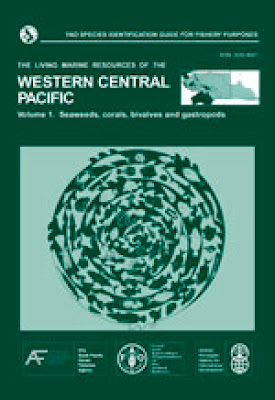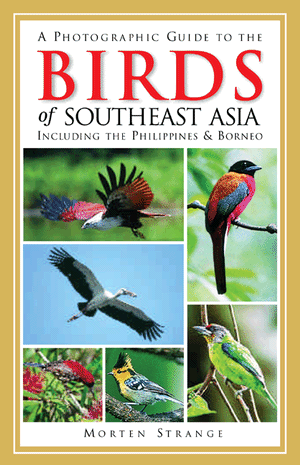Hsin-Chu Government. 122pp.
SEASHORE CRABS OF HSIN-CHU CITY.
To date, there are already numerous colourful and informative publications on the crabs of Taiwan. These publications have brought to public attention the diversified crab fauna of Taiwan. This new book is the first to report on one localised area - the seashore of Hsin-Chu City.
The aim of this book is to serve as a guide book for the citizens of Hsin-Chu who are interested in nature and conservation and to be used as a teaching text-book in local schools. Its intention is to bring to public awareness that rapid urbanisation is also rapidly destroying the natural habitat of the coastline.
Hsin-Chu City, being one of the most densely populated cities in Taiwan, is located on the north-western coast of Taiwan, facing the Straits of Taiwan. The coastal stretch is only 13.5 km but comprises of various habitats to support various kinds of crabs. Hence, the diversified fauna. In this book, 43 species from 10 families are being reported.
The first chapter of the book gives an introduction to the various types of habitat found along the seashore of Hsin-Chu City. The second chapter, gives a concise morphological study of the crab. The figures are complete with labeling on the different parts of the crab, so that the reader can immediately relate the labels to the different body parts especially when one is reading the diagnosis. This is very helpful for the general public or non-carcinologist because many of the crabs are very similar and morphological characters have to be used to differentiate them. The third chapter is a pictorial guide to the crabs, complete with excellent colour photographs, its vernacular Taiwanese name, scientific name, diagnosis and habitat. The authors have also included the natural distribution of each species besides their distributions in Taiwan. This is one addition feature not found in previous publications.
There are also drawbacks in this book. Despite the excellent photography, many of the crabs were not taken in their natural habitat, rendering it impossible for the reader to directly relate the crab to its natural habitat. This book is a local publication supported by the Hsin-Chin City governmental offices, there is no ISBN number. Hence, it will be quite difficult to obtain or purchase outside Hsin-Chu City as well as any carcinologist or non-carcinologist who can understand Chinese.
SEASHORE CRABS OF HSIN-CHU CITY.
To date, there are already numerous colourful and informative publications on the crabs of Taiwan. These publications have brought to public attention the diversified crab fauna of Taiwan. This new book is the first to report on one localised area - the seashore of Hsin-Chu City.
The aim of this book is to serve as a guide book for the citizens of Hsin-Chu who are interested in nature and conservation and to be used as a teaching text-book in local schools. Its intention is to bring to public awareness that rapid urbanisation is also rapidly destroying the natural habitat of the coastline.
Hsin-Chu City, being one of the most densely populated cities in Taiwan, is located on the north-western coast of Taiwan, facing the Straits of Taiwan. The coastal stretch is only 13.5 km but comprises of various habitats to support various kinds of crabs. Hence, the diversified fauna. In this book, 43 species from 10 families are being reported.
The first chapter of the book gives an introduction to the various types of habitat found along the seashore of Hsin-Chu City. The second chapter, gives a concise morphological study of the crab. The figures are complete with labeling on the different parts of the crab, so that the reader can immediately relate the labels to the different body parts especially when one is reading the diagnosis. This is very helpful for the general public or non-carcinologist because many of the crabs are very similar and morphological characters have to be used to differentiate them. The third chapter is a pictorial guide to the crabs, complete with excellent colour photographs, its vernacular Taiwanese name, scientific name, diagnosis and habitat. The authors have also included the natural distribution of each species besides their distributions in Taiwan. This is one addition feature not found in previous publications.
There are also drawbacks in this book. Despite the excellent photography, many of the crabs were not taken in their natural habitat, rendering it impossible for the reader to directly relate the crab to its natural habitat. This book is a local publication supported by the Hsin-Chin City governmental offices, there is no ISBN number. Hence, it will be quite difficult to obtain or purchase outside Hsin-Chu City as well as any carcinologist or non-carcinologist who can understand Chinese.
Ngan Kee Ng
Department of Biological Sciences
National University of Singapore
Kent Ridge 119260, Republic of SIngapore
First published in The Raffles Bulletin of Zoology Vol. 46(2): 663-664 on 30 Dec 1998.










